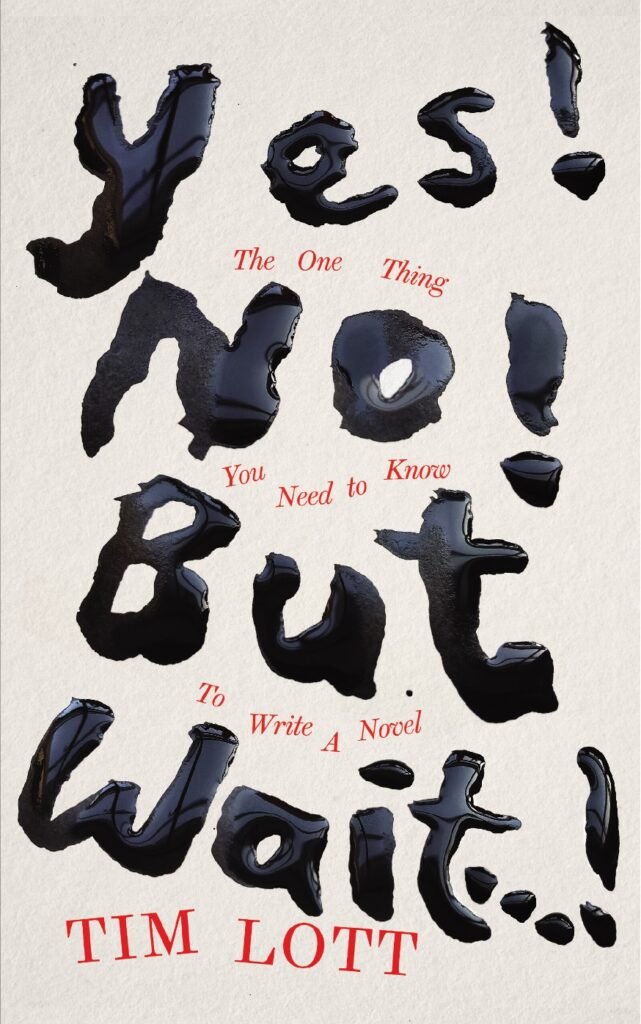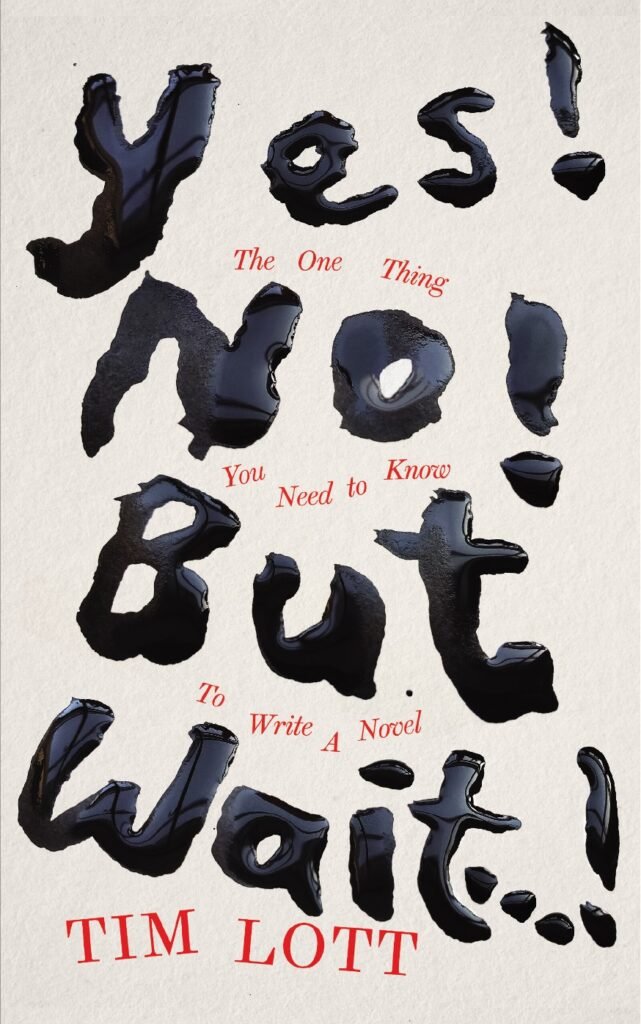
The title of the book, Yes! No! but Wait…!, reflects the classic three-act structure in most stories: the desire of the protagonist to achieve something, the obstacle preventing them from seeing a solution or taking action, and the battle to eliminate the obstacle and figurative fog to reveal possibility and resolution. The titular phrase also echoes the unpredictable unfolding of events and possible shifts in direction. Both protagonist and writer can experience the hero’s journey (the adventures of the main protagonist in a story) through the dynamic states of desire, hesitation/fear, crisis, and hope on their novel journey.
Although commercially appealing, the subtitle remains undefined. The One Thing You Need to Know To Write A Novel turns out to be three things: plot, character, and structure. The book is concise at 200 pages and is a good option for readers who want a brief overview of how good stories work in practice.
Lessons
Lesson 1: Who is this person? That is the question.

This is arguably the most important question a writer can ask of their characters. The action, reaction, or inaction of a character during a sequence of events or situations reveals their character. Once the reader begins to see a three-dimensional character, the story becomes real and the reader can connect with the character or their experience. Readers who connect with a character’s experience or personality are more likely to continue reading.
‘Pantsers’ or a writer who ‘flies by the seat of their pants’ often discovers the character as the events of the story unfold, just as the reader will. A writer who is a ‘plotter’ will plan out the novel and know their characters in advance. A ‘plantser’ is a writer who mixes plotting and planning by letting the narrative unfold organically within a somewhat preplanned story.
Lesson 2: Plot energises fiction. Internal or External plots exist in all good fiction.
Even novels that seem to be without a plot have a plot. They are likely to be internal plots or events that happen in the interior world of the characters. To inject interest and energy into a story, events need to unfold continuously to reveal what happens next in a logical way. Like real life, the only constant is change, but unlike real life, theme, causality, and purposefulness bind a plot together. A plot is an organised sequence of events.
Plots have a shape.
Lesson 3: The Three-act structure is the classic approach to developing a story.
Similar to Joseph Campbell’s ‘The Hero’s Journey’ or Christopher Vogler’s ‘The Writer’s Journey’, the three-act structure has driving forces and pivotal points to steer the narrative to its conclusion.
Act 1 (stasis or introduction to the ordinary world, call to adventure, refusal, turning point, eventual crossover)
Act 2 (Raise stakes, events lead to mid-point or moment of supreme significance, crisis)
Act 3 (Final battle, climax, and resolution)
Conclusions and Recommendations:
Like many books on the writing craft and funnily enough by many novel-writing teachers, Lott emphasises that writing a novel is difficult and is not something that can be taught. Maybe I am unclear as to what these authors mean, but what are they all teaching and writing about if writing a novel can’t be taught?
Yes! No! but Wait…!: The One Thing You Need to Know To Write a Novel is a practical book on three key elements of fiction: plot, character, and structure. The theory is well supported with quotations and references from well-known and revered authors, lecturers, and speakers on the art and craft of storytelling and writing. The author draws heavily on popular writers and speakers such as Will Storr, John Yorke, and Robert Mckee.
He also references classic works on the writing craft such as E.M. Forster’s Aspects of the Novel (1927) and contemporary Booker Prize-winning author George Saunders’ book A Swim in a Pond in the Rain (2021).
The book would serve a reader who is looking for an overview of how a story is constructed. It is easy to read and has an abundance of examples from classic and contemporary literature. However, it is narrow in its focus. It does not explore other elements of fiction such as setting, point of view, dialogue, voice, or style.
About Tim Lott
Tim Lott is a British author of ten novels and one memoir.
‘White City Blue’ won the Whitbread First Novel Award and his memoir, ‘The Scent of Dried Roses’ won the PEN/Ackerley Award and is now published as a Penguin Modern Classic.
‘Rumours of a Hurricane’ was shortlisted for the Whitbread Novel of the Year Award and the Encore Award, and ‘Fearless’ was longlisted for the Guardian Children’s Book Award. His last novel (2019) was ‘When We Were Rich’, a sequel to ‘White City Blue’.
Lott has been teaching writing for the last ten years. He taught for three years at the Faber Academy, then moved to Guardian Masterclasses where he teaches individually and lectures with his partners John Yorke and Will Storr, collectively known as The Story Board. He has also taught creative writing at Brunel University and lectured at the University of East Anglia, the How To Academy, the Idler Academy, and the School of Life.
About Author Source: https://timlott.com/









